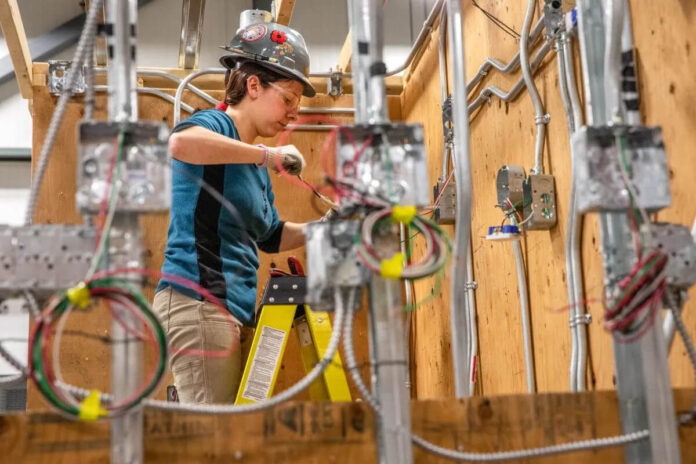Becoming an electrician offers more than just job security. It opens the door to a stable, rewarding career. As demand for skilled trades continues to rise, hands-on experience is quickly replacing traditional lecture-based education.
The electrician apprenticeship program combines practical fieldwork with classroom learning, providing a structured path for those entering the trade. It enables participants to gain skills while earning, offering both financial stability and real-world knowledge. Selecting the right program provider is crucial to making this path successful from the outset.
Industry-Guided Training that Pays Off
Modern electrical systems require more than just basic knowledge. Apprentices must learn to install conduit, terminate wires correctly, and interpret technical blueprints. A well-designed program places students on job sites where they work with real equipment under the supervision of licensed journeymen.
Every day includes hands-on tasks such as performing continuity tests, calculating amperage loads, and working with tools like multimeters and voltage detectors. These daily experiences reinforce classroom topics and build long-term technical skills. Since apprentices are paid for their work, they gain financial support while avoiding costly student loans.
Certifications that Carry Weight
Apprenticeship programs registered with the Department of Labor often lead to a journeyman license. This license is a legal requirement in many states and confirms that the electrician has completed thousands of hours in both classroom and field settings. Training often includes circuit analysis, transformer theory, and code compliance.
Certifications signal that a worker understands electrical safety procedures and can operate without supervision. Licensed electricians are more likely to be hired, promoted, or offered specialized roles. A certified apprenticeship also makes it easier to shift between commercial and residential job sites based on project demand.
How to Choose the Right Program Provider
Picking the right provider for an electrician apprenticeship program affects every stage of a future career. The wrong program can delay licensing or leave gaps in technical training. The right one offers a well-rounded foundation and strong career outcomes. Look for these key details:
- Program registration with the Department of Labor or equivalent authority
- Inclusion of fieldwork like panel wiring, conduit bending, and service upgrades
- Instructors with journeyman or master electrician licenses
- A clear breakdown of classroom hours and on-the-job training expectations
- A record of past apprentices finding steady employment or passing licensure exams
A high-quality program typically includes OSHA safety certification and ensures alignment with NEC standards. These elements help apprentices gain confidence and competence in real-world environments.
Wages that Reflect Real Skill
Apprenticeships offer hourly pay from the start, providing financial support while participants build their technical skills through real-world experience. Entry-level rates often start at a percentage of journeyman wages and increase as skills grow. With experience, apprentices take on more complex jobs such as grounding systems, load balancing, and troubleshooting motor controls.
Workers trained on actual job sites become familiar with local codes and project timelines. They also learn how to manage tools and materials efficiently. By the time the apprenticeship ends, most participants are qualified to work independently and contribute value to any commercial or residential project.
Starting with a certified apprenticeship program helps build a strong professional foundation. It connects technical training with real-world application and opens the door to well-paying opportunities in a growing trade. Explore reputable program providers and take the first step toward a career with lasting value. Many who begin this journey find long-term stability and pride in mastering a respected, hands-on profession.



